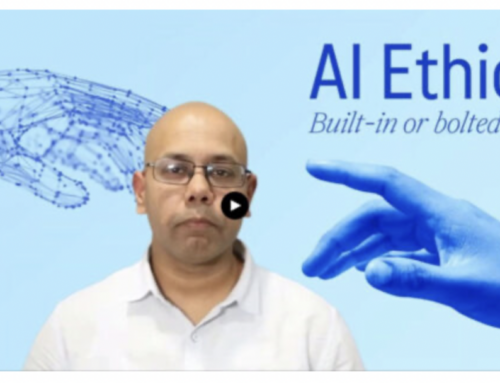Michael S. Dauber, MA, GBI Visiting Scholar
On November 17th, Sergio Canavero announced what he claims to be the first successful test of head transplantation in a human cadaver. Canavero gained international attention in 2015 when he announced plans to perform the first head transplantation surgery on a human patient by the close of 2017. Now, Canavero states that a major announcement for a procedure date is “immanent,” and that he will publish the results of his cadaver experiment within the next few days.
Canavero originally planned to perform the procedure on Valery Spiridonov, a Russian man suffering from a degenerative neurological decision called Werdnig-Hoffman disease, which causes patients to lose the ability to control various motor functions, including motion of limbs and, eventually, the ability to swallow. Since announcing the procedure, Canavero has recruited the assistance of Chinese surgeon Xiaoping Ren, switched to a Chinese patient whose identity and diagnoses have not been revealed, and announced that the procedure will be performed in China.
Bioethicists and medical experts have attacked the plan from the outset, arguing that our medical technology is insufficient to successfully perform the procedure at this time, which will simultaneously decapitating the patient and a “donor body” while cooling and maintaining circulation in both bodies to preserve functionality. The chief technological obstacle in the procedure remains fusing the spinal chord, a task that has never been accomplished according to standard medical wisdom and scientific traditional evidence.
Canavero has repeatedly made dubious claims that he has already performed successful transplants in animals, including mice and monkeys. He also claims to have used a special chemical solution that enables nerve cells to regenerate and heal themselves rapidly, which will allow the team to reattach and reactivate the spinal chord and its associated neurological capacities. He has previously claimed to have successfully fused the spinal chord of a dog whose nerves had been 90% severed. Now, Canavero claims to have successfully performed the procedure in a human cadaver, including fusion of the spinal chord.
While Canavero himself may believe he has accomplished these tasks, and may very well have, it is unclear why he would not publish his results widely or allow external reviewers to observe them. Instead, he has relied on providing photographs and anecdotal accounts. Scientific progress is measured by empirical evidence and becomes accepted by allowing other scientists to observe and evaluate that evidence. Scientists accomplishing feats of this magnitude traditionally can’t wait to share their results, so the fact that Canavero has not done so raises serious doubt about whether or not he has accomplished any of the things he says he has.
Aside from the permissibility of the procedure, this case raises several important ethical and philosophical questions. If the patient survives the procedure, will he or she really be the same person? It is likely that Canavero will actually kill his patient: if that is the case, what will happen to Canavero? Will he lose his medical license? Will he be imprisoned? Should he be imprisoned, given that he honestly believes he is able to help the patient, and that the patient is theoretically consenting to the procedure? Is it possible for patients to give informed consent at all in these cases? Ethicists and the public at large are certain to continue wrestling with these questions long after Canavero attempts the impossible in December.
___________________________________
Michael S. Dauber is a bioethicist with an MA in Bioethics from NYU. He is a Visiting Scholar with Global Bioethics Initiative and has served as a medical ethicist and works as an IRB Coordinator. For questions, feel free to email him at mdauberbioethics@gmail.com.








Leave A Comment